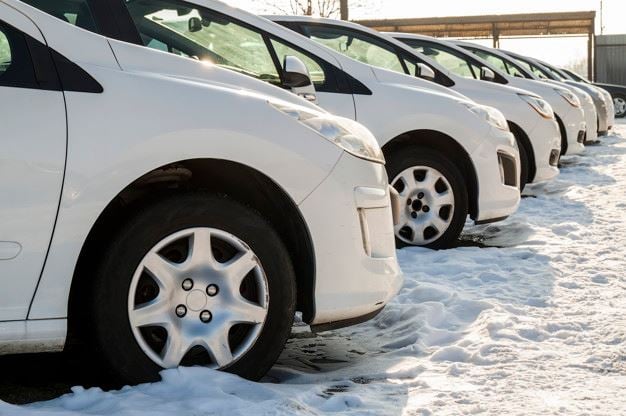Fleet owners and managers have to run on tight schedules, and sometimes, making room for upgrades can be tough. You want to maximize benefit while minimizing lost time, so it’s important to consider when your fleet is the most active and when upgrades will have the greatest impact. In this post, we’ll explore which season is the best time to upgrade your fleet and some of the top investments you may consider adding.
Summer Is Prime Time for Upgrades
The busiest time of year for the majority of fleet owners is summer. There are a few reasons why:
- Employees go on vacation, leaving more availability for upgrades.
- Businesses prepare to surge, so cost saving solutions can offset increased operating expenses.
- Better weather means less risks on the road and better performance.
It can be a challenge to save money in your business during this time of year because summer tends to see vehicle usage rise. Fuel consumption is likely to increase as drivers rely on air conditioning full-time. Driving in hot weather, especially over 95 degrees Fahrenheit, can lead to greater usage for less mileage. Optimizing your fleet before you’re in the midst of summer is the best way to get the biggest savings. When employees take vacations or other PTO, you can utilize the lull in activity to make important changes. If these upgrades require training, then you’ll be ready to fill drivers in right away, rather than disrupting their current work to bring them up to speed.
Think About Your Biggest Needs First
What area do you need to save the most on right now? This is the most important factor when considering investments. If you’re thinking about preventative fleet management, then technology like dash cams may be your best bet. An online guide can help you know what to look for when choosing the right vehicle camera system for your fleet. For those who want to look to lowering fuel costs, think about EVs, fuel management systems, and preventative maintenance. Did you know that factors such as tire pressure and load distribution all impact fuel consumption? Taking a closer look, you may find that changing some practical elements of your management strategy could lower costs for next to no expense.
Ask Drivers About Their Experiences
Although it is not uncommon to turn to tech experts to boost success, you should start your quest from the inside of your company. Drivers are more than just tools; they’re assets to any business, and their voice should come first when considering any vehicle modifications. Send out a survey, or hold a meeting with a small team. Ask them what they would like to see integrated into your fleet. Concerns like safety, efficiency and timeliness may all come into play. Make a prioritized list, then align each point with potential solutions.
Drivers who want greater work-life balance may benefit from a better GPS that optimizes their route as they drive. The goal is to cut mileage without reducing hours or wages; this can be a difficult balance to strike in business, but it can drastically improve how your drivers feel about their jobs. If retainment has been an issue for your business, then this driver-first mentality can lead to greater loyalty and trust.
You may be interested in: Six Reasons Why Your Business Needs a Fleet Safety Program


